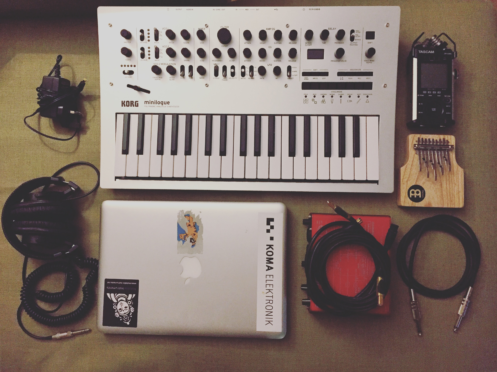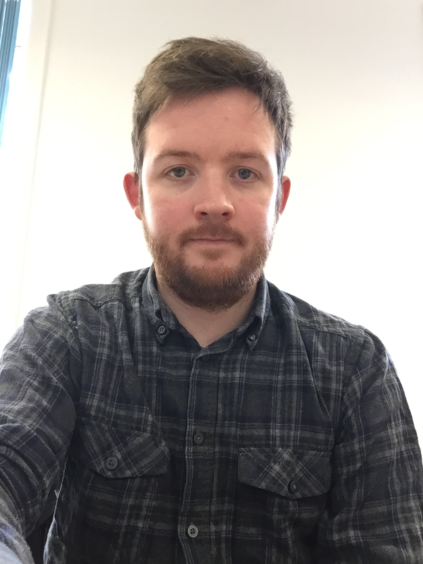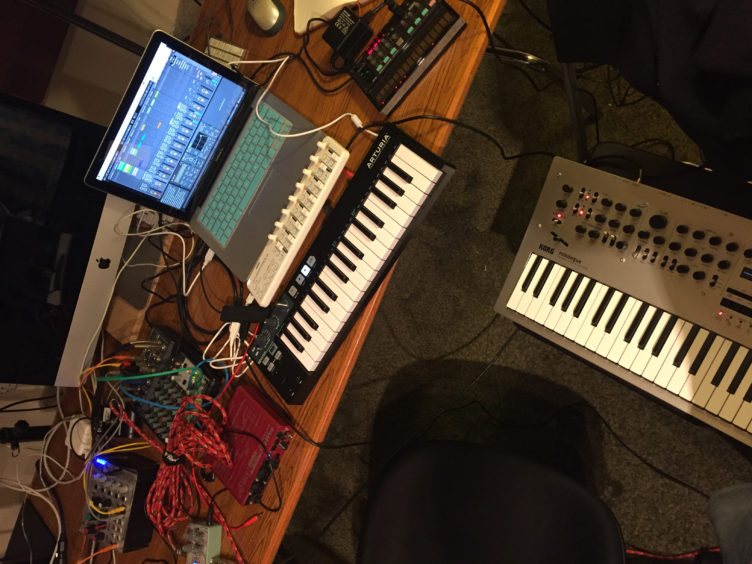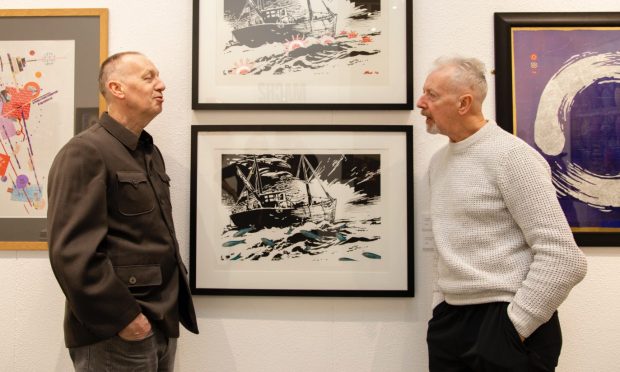Music has been a lifelong passion of mine and although I’ve been playing drums for many years, the decision to move away from that instrument to start writing and composing my own music was a fairly recent one.
I’m not classically trained in any way and I don’t have any significant music theory knowledge but I think that can also have advantages. I try not to overthink and beat myself up over my work, instead taking enjoyment from a creative design process of experimenting, making mistakes and learning along the way.
As well as recording and releasing music under the Kinbrae moniker with my twin brother where we produce a mix of ambient, modern classical and experimental songs, I have also written bespoke commission pieces for exhibitions. I’ve become more and more interested in composing music for TV and film and have recently started composing music for library albums for use in documentaries and commercials on TV.
Composing music for a wide range of projects always requires approaching each one differently. My music software of choice is Ableton Live. Having used other platforms in the past I’ve found Ableton to be the most intuitive and creative when composing. When writing music for my own work I try to experiment with sound as much as I can and inspiration can come from pretty much anything – I’ve built songs round simple brass, synth or piano lines but also in some cases from field recordings of wildlife or urban noises such as factory machinery, people talking in cafes etc.
Designing music for TV has its challenges but has also been a hugely rewarding experience. The briefs for this work are very specific with extremely tight deadlines and although stressful, I’ve found that it’s allowed me to really hone my processes and gain a better knowledge of how this side of the industry works. It is a less creative process than having the freedom to do what I want when working on my own material and is more about concentrating and fulfilling certain requirements. For example, to keep track length under 3 minutes, to get into main melody within first 20 seconds of the song and that sort of thing.
From a creative point of view, I’ve always found it important in my work to bring a sense of place and personality into my compositions and this is done through utilising aspects of sound design. I was awarded the Tay Landscape Partnership Art Award in 2016 to record music inspired by the Tay Landscape – a project celebrating the landscapes where the Rivers Tay and Earn meet. The area stretches from Newburgh on the south side of the Tay Estuary around to Perth and along the Carse to Dundee. I approached this project by first going to a wide range of locations within the area to gather field recordings. These included contact microphone recordings from fences next to the train station at Errol, hydrophone recordings of the River Tay at Perth as well as recordings of wildlife. I then collated the resulting audio and manipulated chosen snippets of the recordings in Ableton; running hydrophone recordings through resonator and reverb plugins to create ambient atmospheres as well as micro-sampling audio and heavily treating with effects to create big ambient synth pad sounds and creating drum parts out of contact microphone recordings of the percussive sound of wire fences.
Sound design has also been a big aspect in my compositions when using real instruments as well. For a recent commission I took frozen reverb samples of brass recordings that I then used to create slowly evolving drones that made up the background atmosphere of the song.
I always try to approach composing music with an open mind. I think this way of working really helps open up opportunities for interesting sound palettes and it allows me to constantly find and develop new ways of working.
Andy Truscott is a musician and composer who tours, records and releases music.












